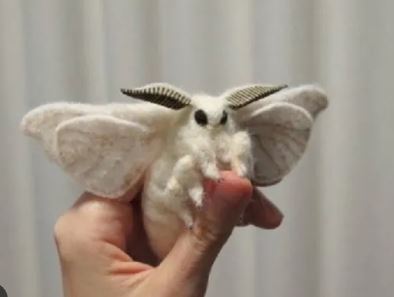If you’ve ever felt underestimated and ignored, spare a thought for your local moths. Honeybees, bumblebees and butterflies are almost synonomous with pollination. People love them for their intimate relationship with flowers – we can’t grow a lot of our food or enjoy the sight of fragile springtime blossom without them. But our recent research showed moths may actually be more efficient pollinators.
Scientific pollinator research mostly occurs in daylight, leaving nocturnal activity unknown. Our study compares night and day pollinator roles, focusing on widespread European bramble. Bramble, often seen as a nuisance, is vital for bees, butterflies, and moths, offering nectar and pollen from spring to autumn.
During peak summer in the UK, when we carried out our experiment, the night is only around one-third of the entire day cycle. During this time, moths are almost the only insects that visit flowers. Even though 83 per cent of all flower visits in our study happened during the day, pollination rates were higher at night time. This suggests moths are more efficient pollinators than species that are active during the day.
Trail cameras monitored bramble flower visitors over three days, comparing pollination rates. Flowers were covered: 1) continuously, 2) daytime, and 3) nighttime.

















